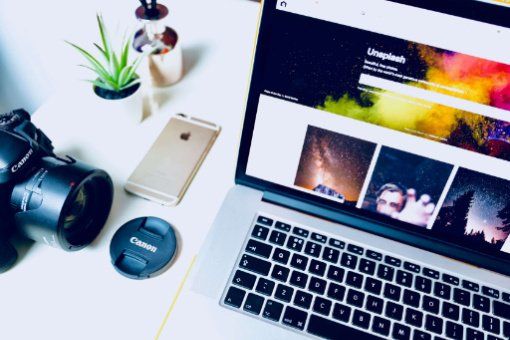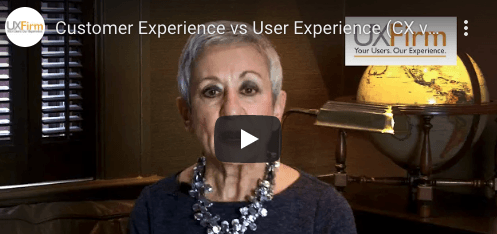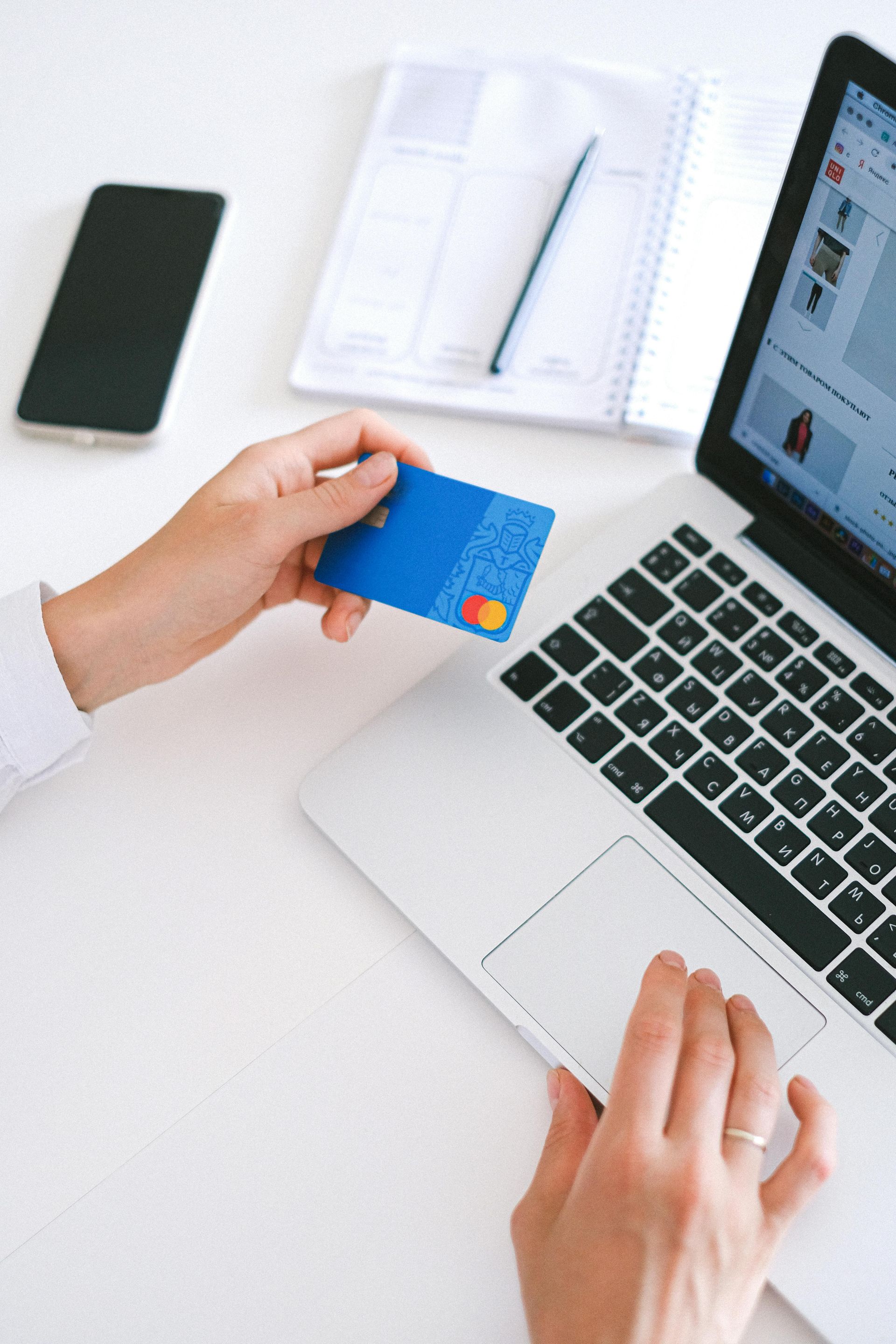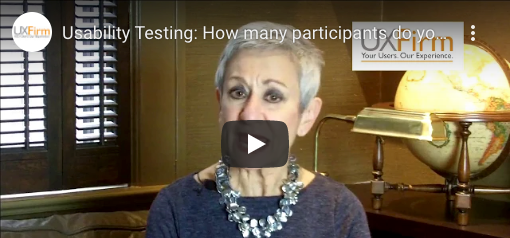Ecommerce Usability Testing
You can always learn a great deal about customer experience when you observe your customers engaging in shopping activities on your website
What is ecommerce testing?
Ecommerce usability testing engages your target users in shopping tasks that are meaningful to them, which provides first-hand insights into what motivates them to complete a purchase or abandon your site before buying.
You probably have data on the percentage of your site visitors who abandon their shopping cart without making a purchase. But do you know why?
Ecommerce usability testing tells you why.

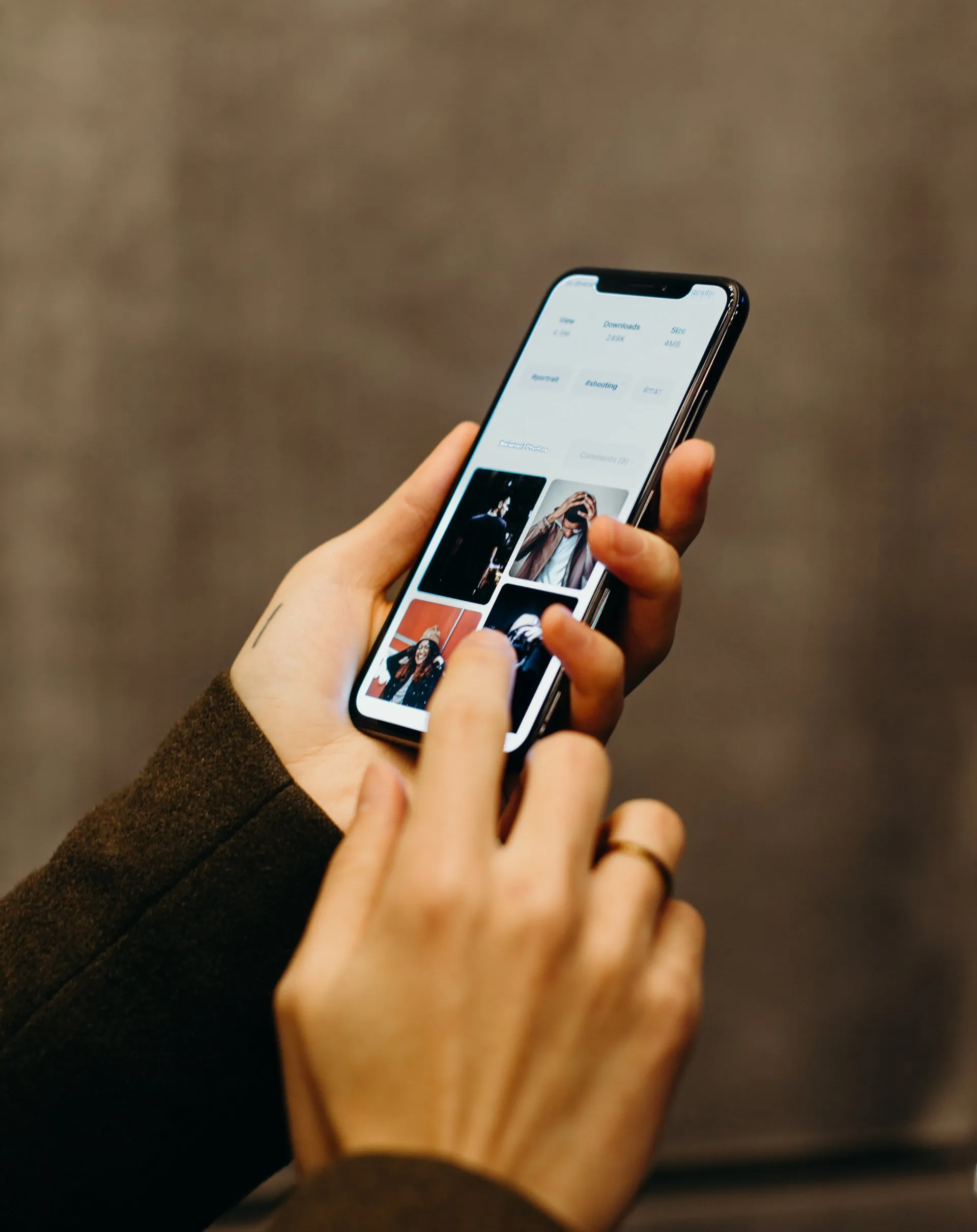
Why should you do ecommerce usability testing?
Find out what your users’ experience is with:
- Search—What strategies do users use?
- Homepage—Do they trust your site from the homepage? Is it attractive, compelling? Can they tell you in 5 seconds what the site is about?
- Navigation—Does the top-level navigation make sense to users? Do they understand it? Can they follow the “scent of information” to get closer to their goal?
- Product pages—Do users find what they need on product category pages, listing pages? Can they compare products?
- Registration—When should you require this, and how can you motivate users to register?
- Messaging—Are your transactional emails and other messaging techniques hitting the mark?
- Mobile—Is your mobile site effective, and can users transition from mobile to computer and back?
- Competitors’ sites—How does your site compare to your competition? Do users prefer elements of your competitors’ sites to yours? What will you discover in a “competitive shoot out” that can make your site better?
“Our UX ecommerce research package provides the right combination of tools to discover what matters to your users, what pleases them, what frustrates them, and what motivates them to become—or stay—loyal to your brand.”
Carol Barnum, Director, User Research
Request our Ecommerce Usability Package
Learn 3 proven ecommerce research techniques to increase customer satisfaction and conversion rates!

Contact Carol to discuss your ecommerce research needs
Phone: 404.680.0329
Email:
carolbarnum@uxfirm.com
Contact Us today for Pricing
FAQ’s about Ecommerce Testing
What is an example of an ecommerce usability test?

Ecommerce usability testing improves your browse-to-buy conversion rates.
Our client was in the early stages of redesigning their website for buyers and sellers of used camera equipment. They wanted to build user experience into the design of the website, so they asked UX Firm to conduct a remote moderated usability study of their current customers, which included a mix of amateur and professional photographers.
The study focused on the users’ experience doing typical tasks on the prototype website on two platforms: computer/laptop and smartphone.
The study took participants from setting up an account through finding a specific camera to buy and putting it into the shopping cart. Participants then went through the process of posting a camera to sell.
Key research questions for both computer and smartphone interaction
How do users rate:
- Ease of finding what they’re looking for
- Comparing the camera to others to make a choice
- Ease of finding warranty information and return policy
- Ease of purchasing a camera
- Ease of selling a camera
Testing scope and methodology
- 10 participants (combination of amateur and professional photographers)
- Remote moderated usability testing sessions of one hour, conducted in Zoom
- Started study at desktop; switched to smartphone for second part of the study
Results
The responses to the redesigned website were largely positive with some areas that needed improvement. All participants liked the persistence of the shopping cart throughout their time on the site. All commented on the usefulness and helpfulness of the images of the cameras and accessories.
The System Usability Scale rating of 84.75 (scale rating from 0 – 100) was significantly higher than the “average” rating of 68 attained from other studies using this popular usability rating scale.
The key areas in need of further research were around inadequacies in Search and the need for filters to support browsing.
The client was able to use these findings and apply them to both the continuing development of the new website and the marketing messages that were planned to support the advertising and marketing campaign. The redesigned website increased customer satisfaction and sales, both for returning and new customers.
Related Ecommerce Resources
If a company has customer experience research in place, the question is whether UX – user experience – is a part of CX research in understanding the user’s experience in the customer journey.
5 Users is Enough For Usability Testing
This video explains how 5 users can be sufficient for usability testing.

